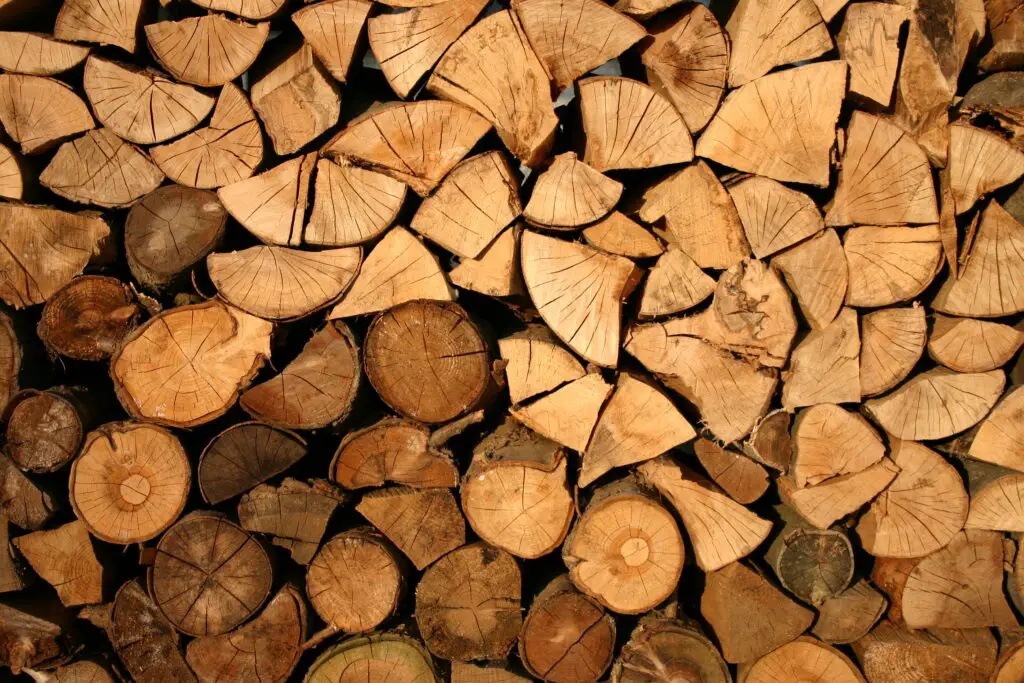Engineered wood made by layering and gluing wood veneers, strands, or flakes with moisture-resistant adhesives is referred to as structural composite lumber (SCL).
It is designed to enhance the natural strength of the wood while providing the ideal straightness and uniformity for structural support requirements. But not every engineered wood is created equal. The options we compare below can help you decide which one best suits your unique needs.
Different types of Structural Composite Lumber (SCL)
Oriented Strand Board (OSB)
Wood strands or flakes are combined with waterproof resin to create OSB. The end result is an engineered wood that is extremely affordable, consistent, and adaptable. Additionally, it is surprisingly robust, especially when compared to plywood.
Trees, a renewable resource, are used in all engineered wood products. However, because the species used in OSB (and LSL) renews more quickly than other types, OSB (and LSL) are particularly notable for their eco-friendliness. Additionally, using fewer strands enables fabricators to utilize all of the tree’s wood components, including knots and deformities.
Laminated Strand Lumber (LSL)
The only difference between LSL and other SCL is that it is made up of flakes rather than veneers or strands (much like OSB). It is better suited for structural framing that won’t be seen because it cannot be discolored or curled. It has a strong shear resistance, however not as strong as PVL, LVL, or glulam. Because of this, it is more readily available and frequently chosen for shorter beams.
Laminated Veneer Lumber (LVL)
In LVL, thinly sliced veneers are bound parallel to one another using heat and pressure; this method is especially suitable for tiny beam dimensions. Its shear strength is greater than LSL’s, but its resistance to bending stress falls short of PSL’s. While LVL is more expensive than LSL, it is less expensive than PSL and glulam.
Particle Strand Lumber (PSL)
The veneers used to create PSL, also known as parallam, are arranged into parallel strands and joined together with specialist glue. Notably, PSL is an excellent option for exposed woodwork because it comes in a variety of wood textures and works with different stains. Additionally, it can be coated to have increased resistance to moisture, making it appropriate for use outside even in damp situations.
Long-span beams and heavy headers typically employ this material because of its renowned strength and resistance to bending. It shouldn’t come as a surprise that PSL is more expensive than the majority of other SCL alternatives given its durability and aesthetic attractiveness.
Glulam
Multiple types of lumber laminations are joined together using specialized adhesive in glulam, the abbreviation for glued laminated timber. The end product is a material that is highly robust and can be larger in size than other SCL choices. Its potential is practically limitless because it may be tailored to fit particular dimensions and design requirements (including curved shapes).
Due of its durability, glulam is used extensively in both residential and commercial construction. It may span wide distances without the need for structural support, giving exposed ceiling beams, trusses, and other architectural components a modern appearance. This makes it a clear choice for commercial facilities’ typical paneled roofs and broad, open ceilings. The great resilience of Glulam to fire and moisture is one of its additional advantages.
It should come as no surprise that Glulam is more expensive than LVL and other varieties of structural composite lumber given its many advantages. However, glulam is significantly less expensive than steel.
Concealed connection glulam post and beam structure is frequently used in cross laminated wood projects. Here you may find a complete selection of mass timber hardware that is ICC compatible and code certified.
How all composite lumber wins — encouraging sustainability
OSB and LSL, as previously indicated, are particularly environmentally conscious due to the rapid growth of the trees used in their production. But compared to steel and other similar metals, all engineered wood products use renewable resources, making them a strong yet environmentally responsible building material.
To see other material construction, please see here.
To know other construction guides, tips, and methodology for beginners, veterans, and contractors, please see here.

